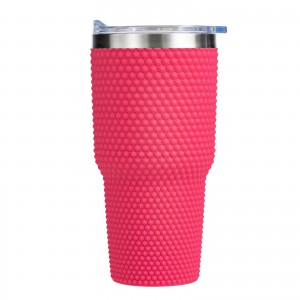Bisphenol A (BPA) is a chemical that is widely used in the production of plastic products, such as PC (polycarbonate) and some epoxy resins. However, as concerns about the potential health risks of BPA have increased, some plastic product manufacturers have begun to look for alternatives to produce BPA-free products. Here are some common plastic materials that are often advertised as BPA-free:
1. Tritan™:
Tritan™ is a special copolyester plastic material that is marketed as BPA-free while offering high transparency, heat resistance and durability. As a result, Tritan™ material is used in many food containers, drinking glasses, and other durable goods.
2. PP (polypropylene):
Polypropylene is generally considered a BPA-free plastic material and is widely used in food containers, microwave food boxes and other food contact products.
3. HDPE (high density polyethylene) and LDPE (low density polyethylene):
High-density polyethylene (HDPE) and low-density polyethylene (LDPE) are generally BPA-free and are commonly used to make food packaging films, plastic bags, etc.
4. PET (polyethylene terephthalate):
Polyethylene terephthalate (PET) is also considered BPA-free and is therefore used to produce clear beverage bottles and food packaging.
It’s important to note that while these plastic materials are often advertised as BPA-free, in some cases other additives or chemicals may be present. Therefore, if you are particularly concerned about avoiding exposure to BPA, it is best to look for products marked with the “BPA Free” logo and check the product packaging or related promotional materials to confirm.
Post time: Feb-03-2024
